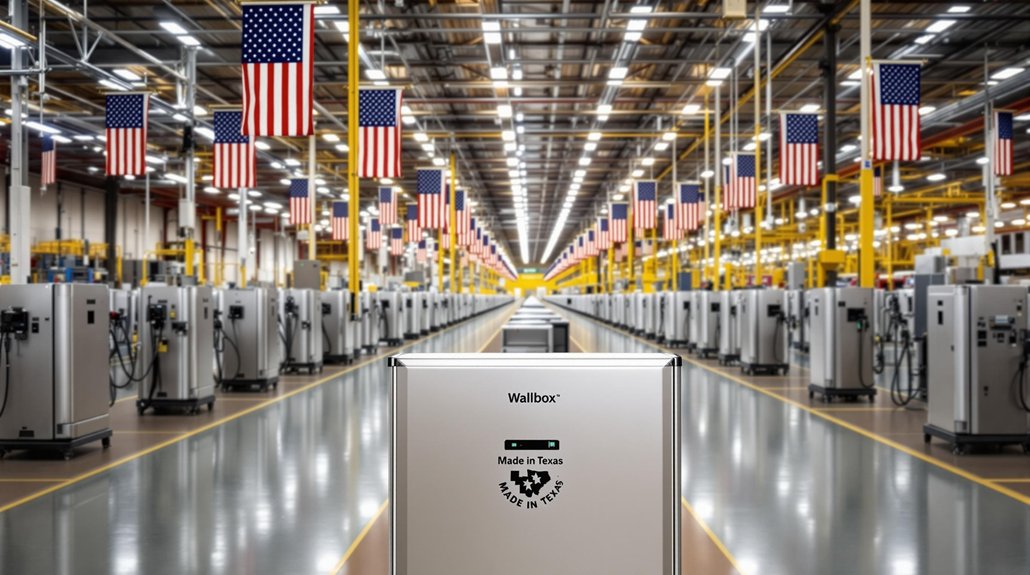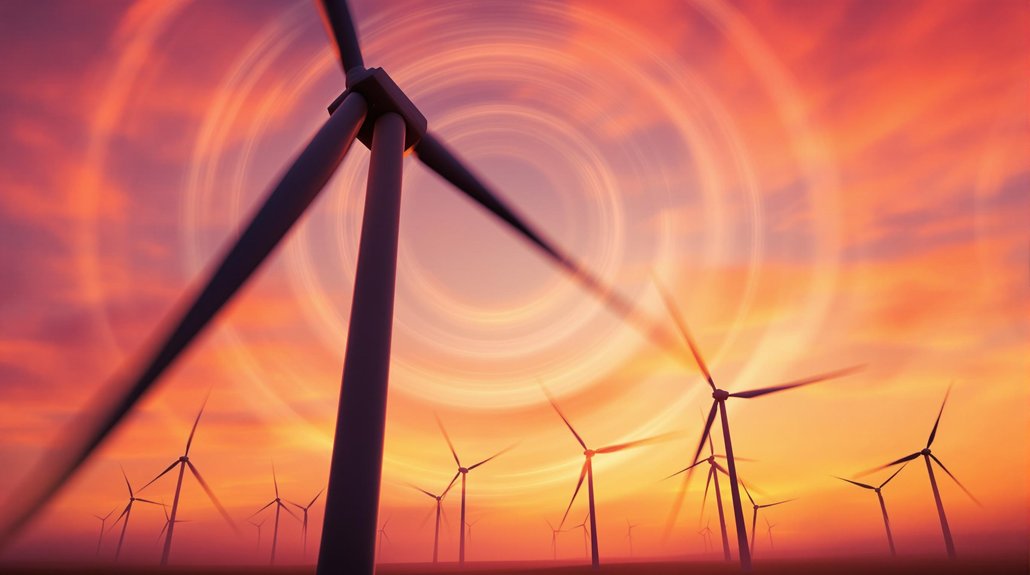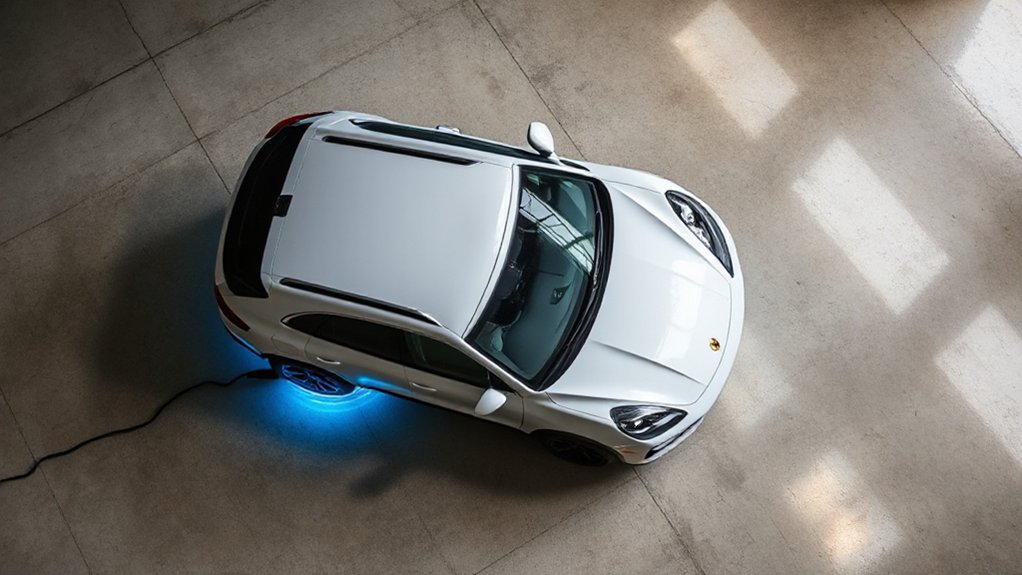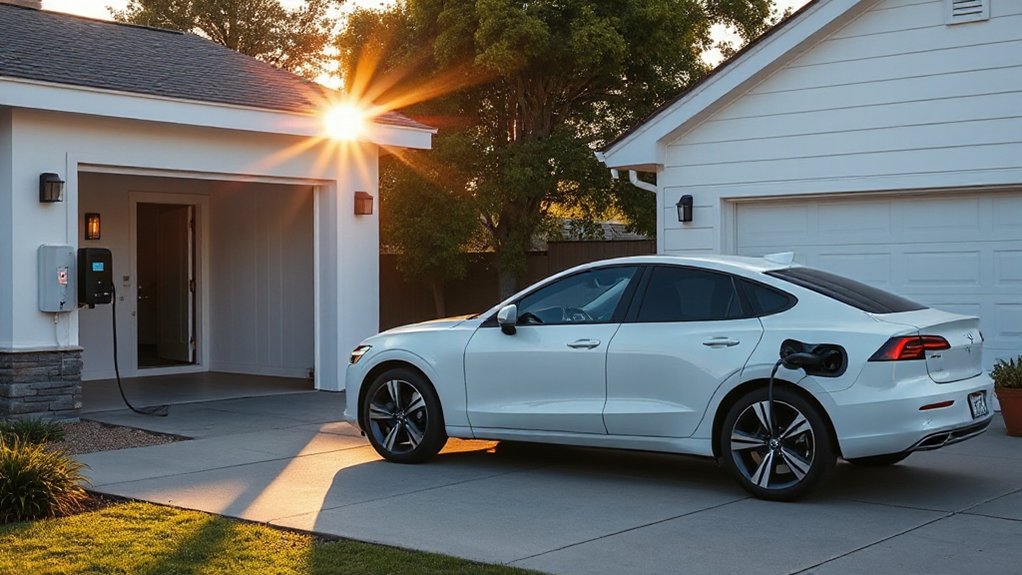Wallbox’s Texas facility has reached an important milestone. The Arlington plant has produced over 100,000 EV chargers since late 2022. This 130,000-square-foot facility mainly makes the Pulsar charger lineup. The achievement shows growth in American EV manufacturing. It’s also strengthening local supply chains for electric vehicle components. The question now becomes: how will this domestic production capability affect America’s shift to electric transportation?
While the global electric vehicle market continues to evolve, the United States is experiencing its own EV transformation built on domestic manufacturing. Recent data shows that electric vehicle sales in North America grew by 16.8% year-over-year, reaching 170,000 vehicles in the latest reporting period. This growth reflects America’s steady progress in EV adoption.
A key milestone in this journey is Wallbox’s Arlington, Texas facility surpassing 100,000 EV chargers produced since opening in late 2022. The 130,000-square-foot plant primarily manufactures the Pulsar lineup of charging units for the North American market. This achievement highlights the rapid development of America’s EV infrastructure.
Domestic manufacturing plays an essential role in the U.S. EV ecosystem. An impressive 74.4% of EVs sold in the U.S. during 2024 were manufactured in North America. The U.S. itself produced about 65.9% of all battery electric vehicles made in North America, showing strong local production capabilities.
The market for battery electric vehicles now represents 7.1% of total light-duty vehicle sales in the U.S. Luxury EVs make up a significant portion of this segment, accounting for 32.8% of luxury vehicle sales. Meanwhile, hybrid electric vehicles have seen even faster growth, with adoption increasing by 30.7% year-over-year and market share rising to 9.6%. The continued development of PHEVs is especially important as they serve as a crucial bridge to full electrification while charging infrastructure catches up with demand.
Facilities like Wallbox’s Texas plant create local jobs while strengthening the supply chain for EV components. Local production reduces delivery times and helps manufacturers respond quickly to market needs. Federal initiatives offering tax credits of 30% on installation costs have further accelerated the adoption of renewable energy systems including EV charging infrastructure. The facility’s design incorporates scalability for growth to accommodate increasing demand for EV charging solutions. This domestic focus is helping the U.S. build a more resilient EV industry.
Despite this progress, challenges remain. The U.S. EV market is growing more slowly than leading markets like China. Consumer hesitation, economic factors, and regional differences in adoption create ongoing hurdles. The charging infrastructure also needs continued development to support the growing number of EVs on American roads.









